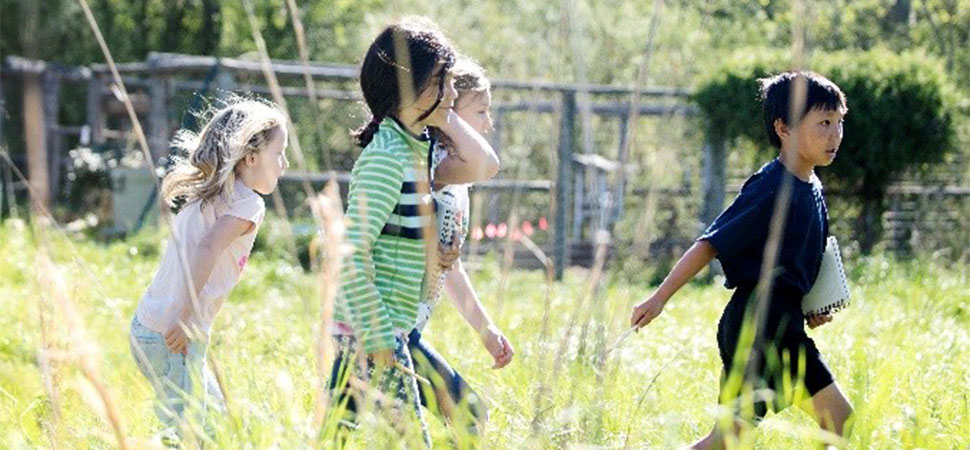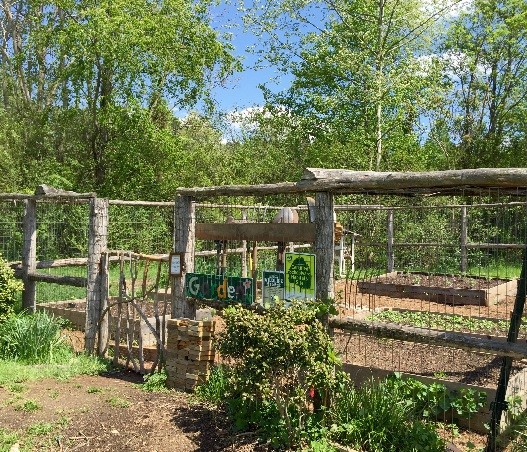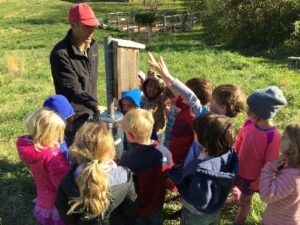We have much more to do and your continued support is needed now more than ever.
Students Help Wildlife in Virginia

Free Union Country School, located outside of Charlottesville, VA, enjoys a rural setting in which students can explore, learn, and play. The school is a Certified Wildlife Habitat and Schoolyard Habitat with the National Wildlife Federation.
As some of the students describe: “We have marshes, forests, a meadow, and a stream that ends in a small pond and flows out. We have also added things to make our school even better for wildlife like bluebird houses, weather stations, bat houses, a garden, solitary bee houses, and bird feeders and baths. We play and learn in our outside areas every day!”

This year, the students assessed and documented the campus to discover what wildlife currently lives here, and also to decide what they could do to encourage more species to share the space. Both with their homeroom teachers and through a weekly environmental education class that focuses on an in-depth study of the local Virginia ecosystem, the students explored the school’s many different habitats and developed a greater appreciation and love for their schoolyard, their community, and their watershed.
Most recently, Free Union students undertook two projects designed to help wildlife in their community, specifically bluebirds and pollinators. Habitat loss, invasive plants, and exposure to pesticides and herbicides have contributed to declines in pollinator populations. Bluebird populations have also dwindled in the last ten years in Virginia due to declining habitat space. The students wanted to help rejuvenate these populations by providing new homes and habitat for the bluebirds and pollinators.

The school now has working bluebird boxes that the students are able to monitor throughout the spring and submit their findings to the local bluebird conservation group. The students recommended to the school maintenance staff that areas around the boxes be mowed to deter predators, placed snake and raccoon baffles around the poles holding the boxes, and have learned a great deal about bluebird nesting habits. The maintenance of the bluebird trail is part of the Virginia Bluebird Society’s monitoring program.
Students have been simultaneously designing, preparing the soil, and choosing seeds to create new native pollinator gardens to support and grow local bee and butterfly populations. After researching beneficial native plants, the students planted phlox, black-eyed susans, several types of milkweed, echinacea, coreopsis, tickseed, and bee balm to attract bees and butterflies to our schoolyard.
Free Union students really want to help curb the population losses of pollinators by planting gardens with native plants and trying to weed out the invasive plants that are disrupting natural pollination. These two projects, helping bluebirds and pollinators, have been great to do together, as the students think about connections in the natural world. A greater pollinator population helps pollination to occur over a wider range of plants, while also benefiting the bird population that uses those plants as habitat and the seeds (plus the insects themselves) as food.
Certify TodayIs your school ready to start building habitat? Learn more and certify your schoolyard habitat today!
About the Author: Beth Winn and George Mackaronis are naturalists who work with the students at Free Union Country School in Charlottesville, VA.





















